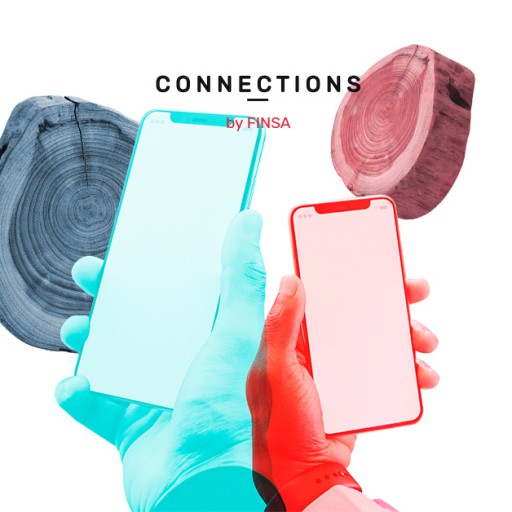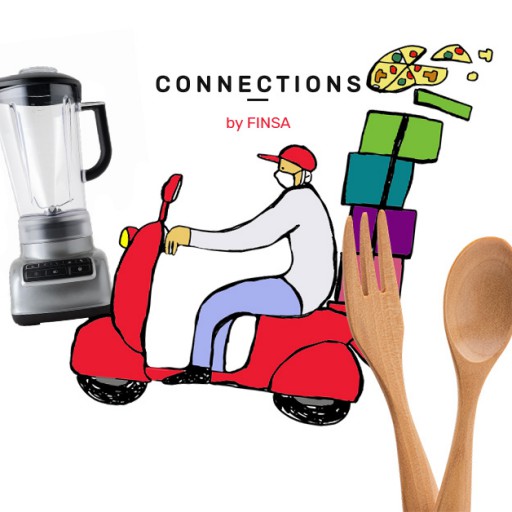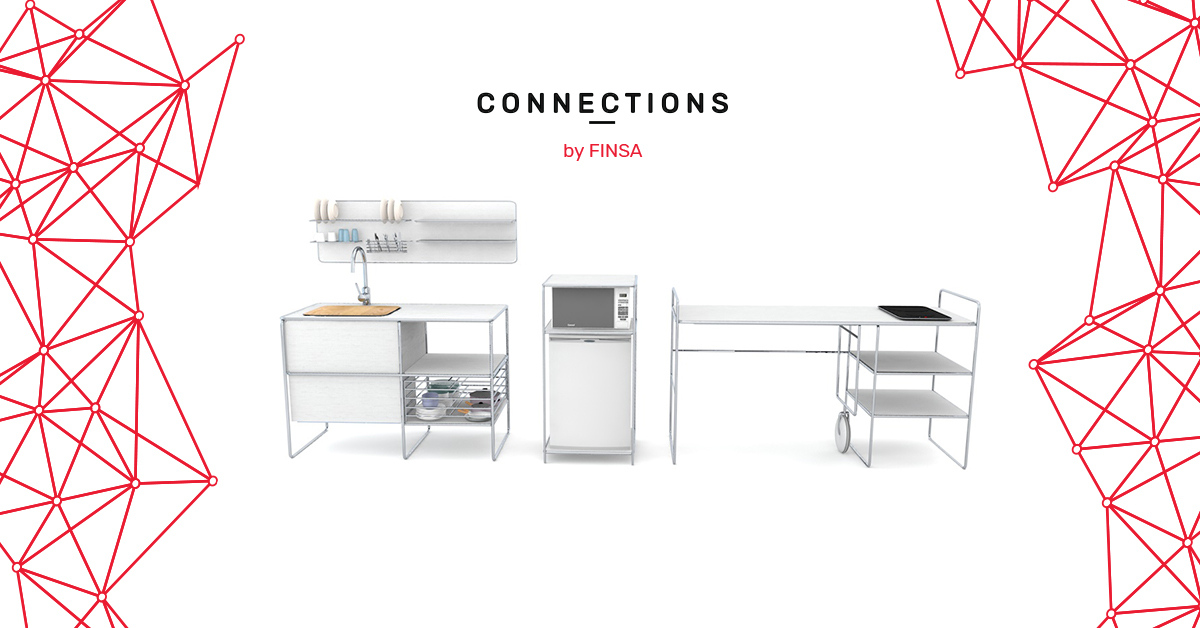Mirrors, colours, shapes, shadows. What better than a kaleidoscope to help bridge the gap between Japanese and British cultures? Today we’re speaking with Asa+Yu, an architectural collective that traces the connections between Japan and the United Kingdom through the Japanese Junction program.
A visionary is an illustrious mind…or perhaps too much of a dreamer. With this ambivalence in mind, the artistic architectural collective Asa+Yu (made up of Asako Sengoku and Yusuke Ando) put forward an exhibition which forms a prism with multiple views between the Japanese and British cultures. The reason: the kaleidoscope. We go deeper into one of the exhibitions of reference at the latest edition of London Design Festival which will be on display again soon: Visionaries of the Kaleidoscope.
How do you establish a connection between cultures through a kaleidoscope?
The object itself has its own history in which the British culture was transformed within the Japanese culture. It was invented in the United Kingdom and was imported into Japan in the 16th century, becoming popular as a toy into which artisan elements, such as origami, were incorporated.
What we are presenting is the simplicity and beauty of geometry filtered through two cultures. Many people are surprised at the shape of our particular kaleidoscope being based on origami, as we mentioned, but the actual idea of a reflective surface came from the British influence.
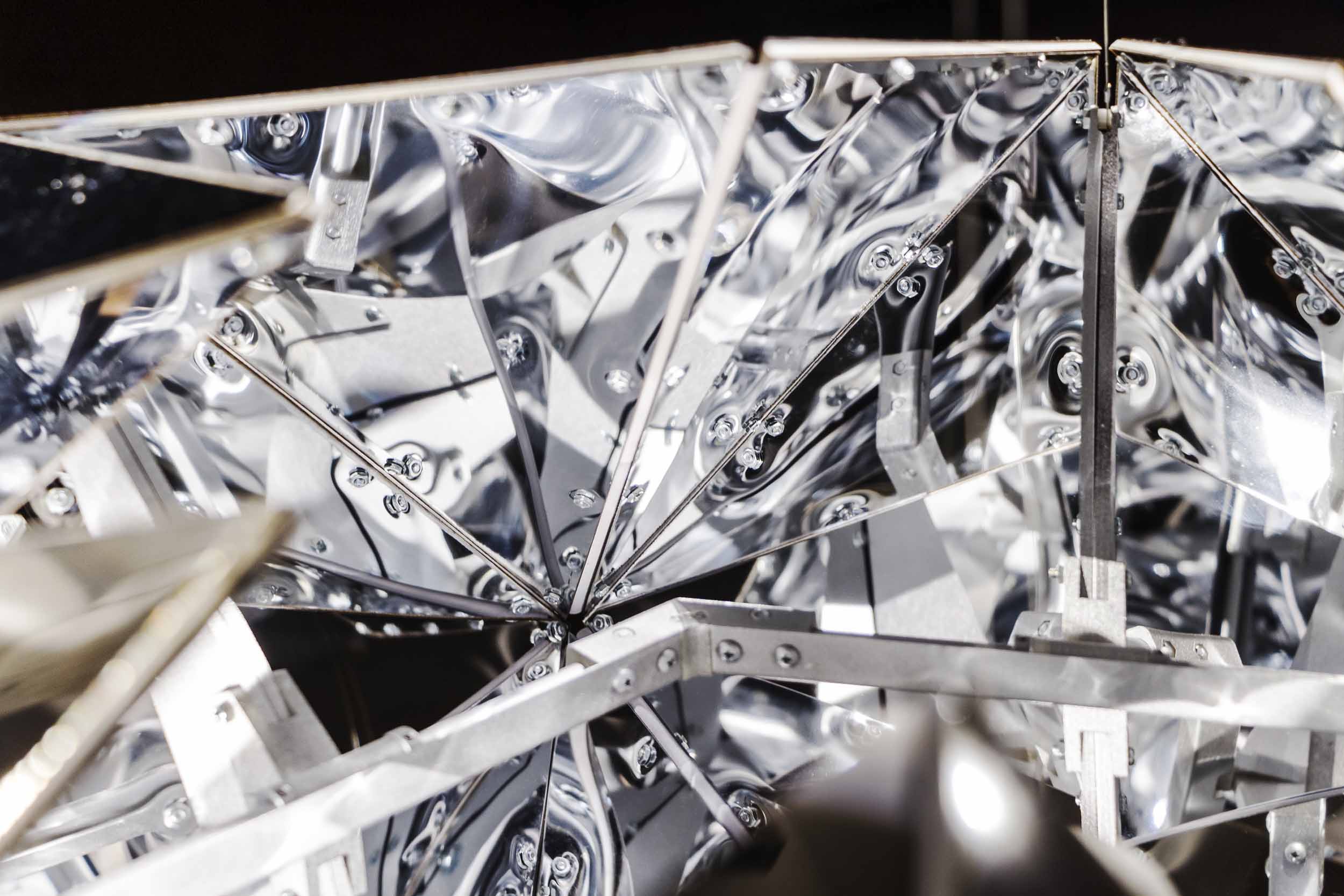
Photography: Soma SatoYour exhibition has a strong technological component. How is technology transforming artistic and architectural disciplines?
Our big achievement was getting the kaleidoscope to move with music through the application of technology to the artwork. The movement, as an element, provides a fourth dimension to the art, which is defined as time. We feel spectators found their own ways of enjoying that time within the art through music. Our interest lies in adding a time component to art through technology. We would like to physically extend this idea to architectural projects.
How do you see the architecture when working with an artistic installation?
We both work as architects on distinct projects. We believe that through this experience we’ve proved that working on artistic installations is no different to architectural projects. A big part of the process was coordinated with other people and elements, coming up with details and materials.
We created a series of models and, ultimately, the process became very similar to the design and construction of buildings. The significant difference is in the scale. If we were to try to use similar technology for a construction project the cost and time would be enormous. This experimental work is only possible on this scale, taking into account the time that we had to do it.
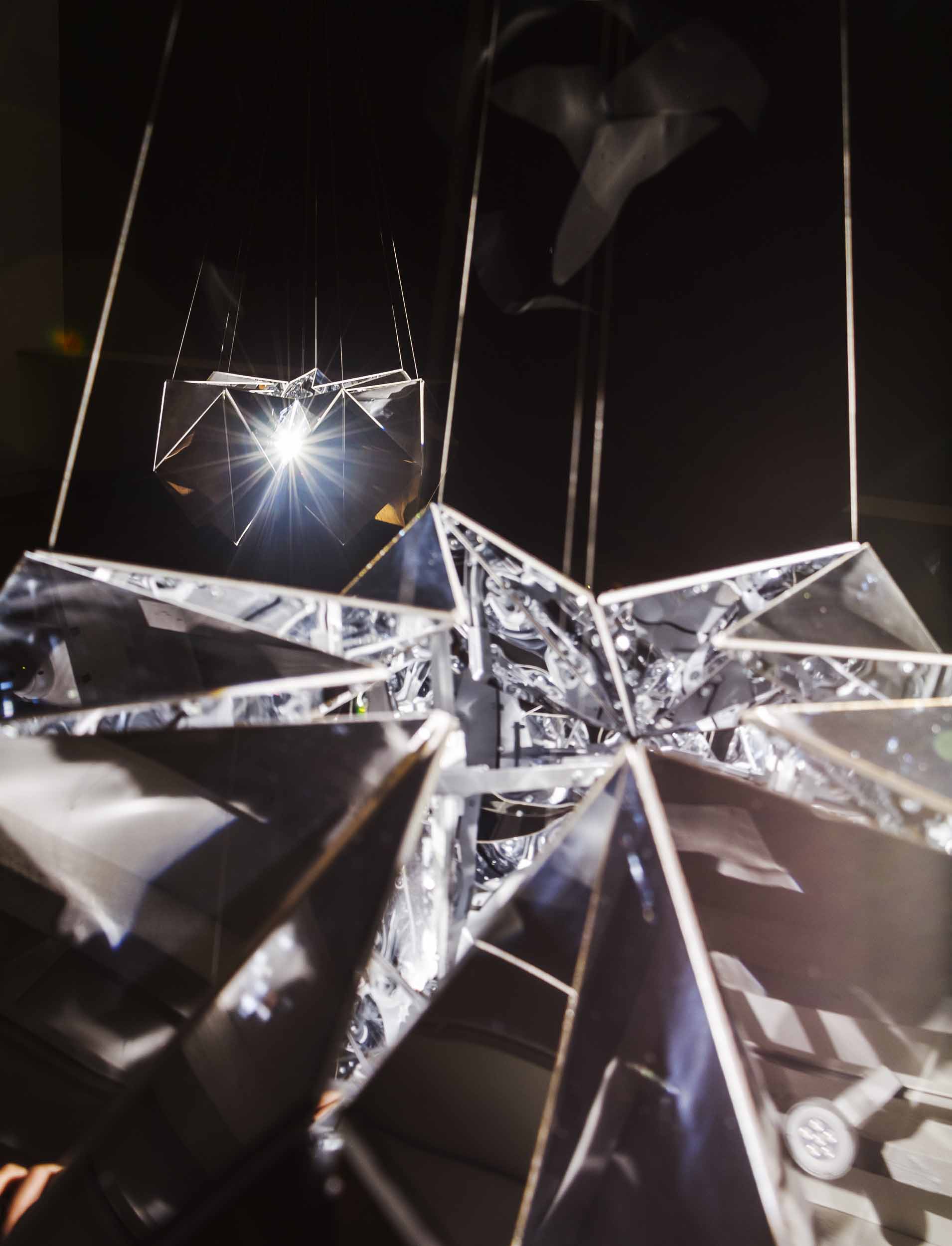
You often say that “art and architecture sometimes require more than one person”. In what way do you believe that connecting with a team can make a creation better?
We’ve been in this industry for a long time…We’ve gotten to know many different types of professionals that have strong opinions, imprints, and ways of viewing art and architecture, and that includes both of us. These types of opinions can sometimes be cut down when we try to express them, and sometimes it’s easier if we create individually.
A the same time, we have learned how to work towards a goal with other people, which I believe requires a lot of experience to execute. When individuals with talent try to reach a goal, we achieve a high level of quality. This also means respecting the talents that you don’t have but that others do, and understanding what you can do that others can’t, and lifting up the rest during the process towards progress.


